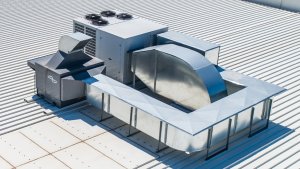What’s in the air?
- Australia, Americas
- Residential
- Health and Wellbeing
Everything you need to know about your home’s indoor air quality and how to look after it
Indoor air quality (IAQ) is the unsung hero of a cozy home – it’s essential for our health and comfort, yet often overlooked. In this blog, we’ll explore various aspects of IAQ to help you create a healthier and happier living space.
Why is it so important? Here are some facts for you
- We take approximately 20,000 breaths a day!1
- Indoor air pollution is considered one of the top 5 health hazards in the world.
- We are estimated to spend 90% of our time indoors
- Poor indoor air quality can affect our health. You can read more about the effects in our blog on Sick Building Syndrome
- The CSIRO estimates that the cost of poor indoor air quality in Australia may be as high as $12 billion per year.2
So, what is in the air we breathe?
In short, a lot! And most of it isn’t amazing for you, unfortunately. In fact, oxygen only makes up approximately 21% of the air we breathe. Let’s take a look below at what else is floating in the air and affecting IAQ and your health.
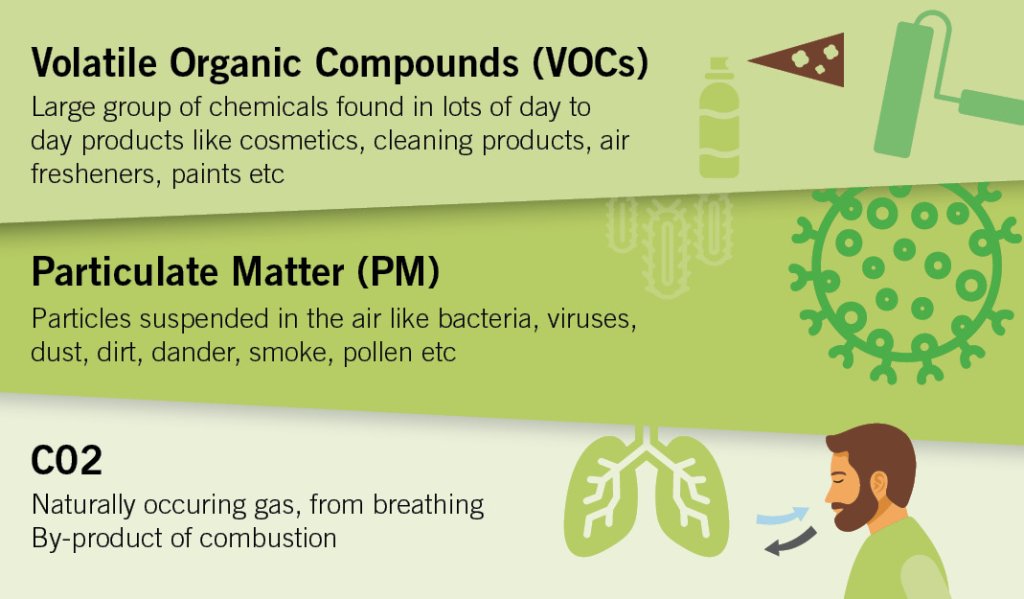
How can it effect you?
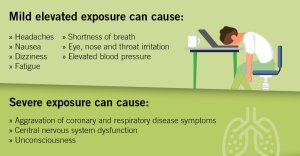
Current home trends that can affect IAQ
Air Purifiers
Air purifiers have become a popular home appliance and are designed to remove particles and pollutants from the air, such as dust, pollen, and pet dander. They come in a variety of shapes, sizes, and cost with varying degrees of effectiveness. One way to evaluate their performance is to understand the air exchange rate, or the number of times per hour that an air purifier can filter the air in a room.
It is also important to understand the type and role filters play within air purifiers. HEPA filters, for example, can address particulate matter, whilst carbon activated filters are needed to address VOC’s. The higher the rate of air pollution in your home, the quicker these filters will clog. A dirty filter will greatly impact the unit’s performance, so it is important to follow the product maintenance guides for cleaning or replacing.
Air purifiers can improve IAQ by removing particulate matter and certain gases, but are not suitable for addressing elevated CO2 levels in indoor environments. This is because CO2 molecules are too small to be captured by most air purifier filters. Specialised equipment such as ventilation systems or carbon dioxide scrubbers are needed to effectively reduce indoor CO2 levels. In summary, whilst air purifiers can play an important role in keeping your indoor air clean, they are not the full solution.
Sealing buildings
You may have heard the terms “building pressurisation” or “air-tight buildings” in discussions relating to home energy efficiency. Whilst there are undoubtedly energy efficiency benefits to ensuring your home is free from draughts or air leaks, making buildings airtight can lead to a lack of fresh air circulation and lower indoor air quality. When a building is airtight, there is limited exchange of indoor and outdoor air, which can trap pollutants, allergens, and moisture inside. This can result in a buildup of harmful substances in the air.
Airtight buildings may be more prone to moisture accumulation and condensation, especially in humid climates or in areas with high levels of moisture generation (e.g. kitchens, bathrooms). Excessive moisture can promote mould growth, decay, and structural damage, as well as contribute to indoor air quality issues such as mould spores and microbial contaminants. Homes are generally sealed up tighter during the colder months and condensation from indoor activities like showering or cooking can build up quicker.
A 2016 study reported a national concern for up to 40% of homes, built since 2003/4, being at risk of excess condensation resulting in indoor or interstitial mould3.
A ventilation strategy is essential to ensure that indoor air is constantly refreshed, and pollutants are effectively removed, maintaining a healthy and comfortable indoor environment for you and your family. In a tightly sealed home, mechanical ventilation should be considered.
So how do we ventilate?
Ventilation is achieved by creating pressure differences between the inside and outside of a building by wind and air temperature differences. It is generally a fantastic way to purge a residential building’s air supply and to improve IAQ.
From natural to mechanical, several options for ventilation are available to home owners.
Natural ventilation using windows
Windows are an incredibly effective and inexpensive way to promote natural fresh air circulation throughout your home.
While it’s effective for this purpose, it will also decrease energy efficiency, as thermal heat from within the building’s thermal insulation layer (or shell) will be lost (or gained) from the outside environment.
- Ventilating your entire home. Open windows on the entrance and exit sides of your home, and leave doors open along the air passage.
- Open windows diagonal to each other. Opening two windows creates an air passage for efficient ventilation. This is made even more efficient when the windows are diagonal from each other and on opposite sides of the room. Avoid opening two windows that are close together, as this will prevent air flow from flowing through the entire room.
- Ventilating a room with only one window. Place a pedestal fan directed towards the window to help expel air from the room.
- Use your ceiling fans. They are great for circulating and displacing the air, with the added benefit of being able to use them all year round. Simply switch between summer (counter-clockwise) and winter (clockwise) mode.
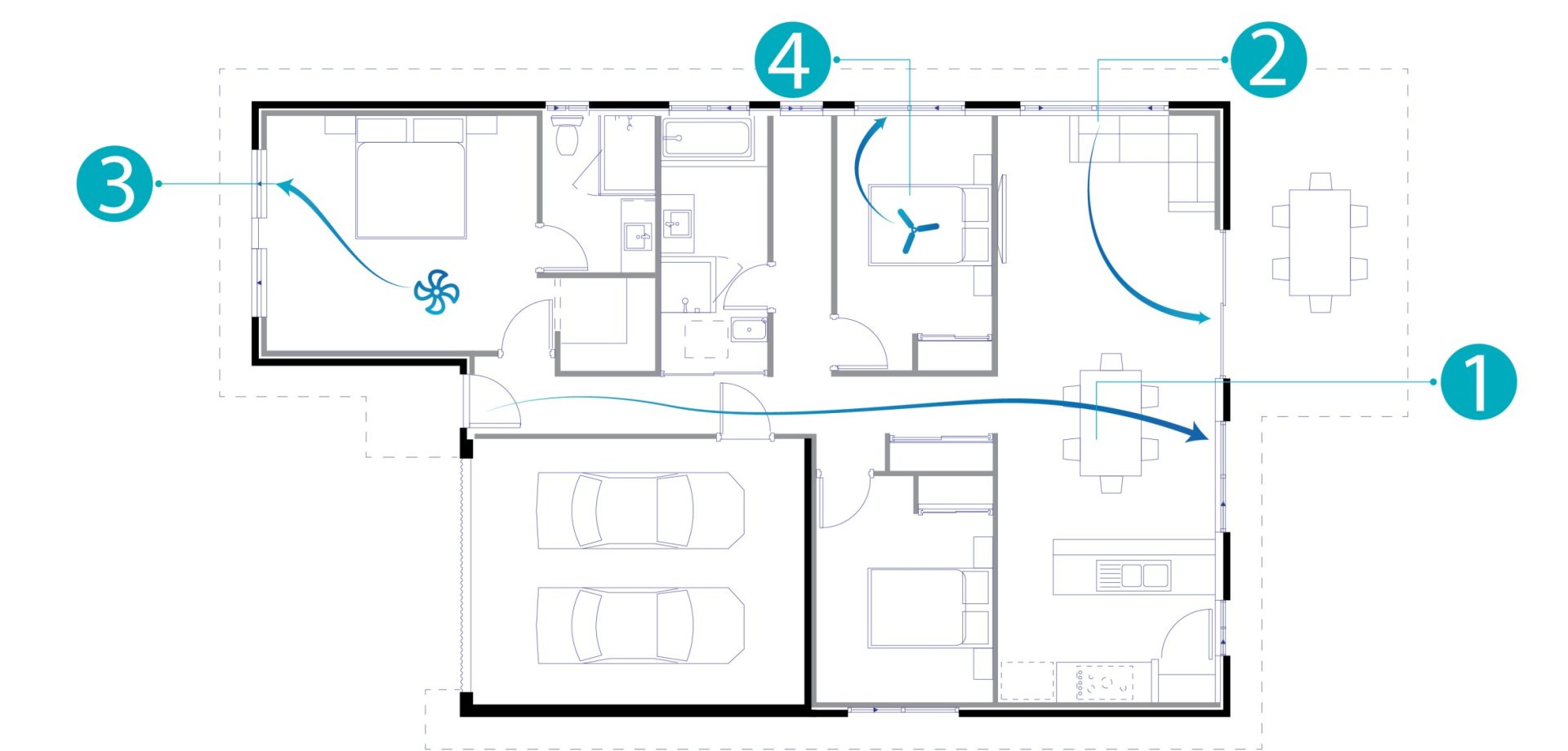
Mechanical Ventilation Systems
You also have the option of mechanical ventilation systems, which can often be found in sustainable building design, or passively designed homes. There are heat recovery ventilation (HRV) and energy recovery ventilation (ERV) systems available. HRV’s work by transferring heat from outgoing, stale air into incoming, fresh air. Essentially, they recover and reuse the thermal energy present in the air being exhausted. ERV’s work in a similar fashion, but also perform the additional function of humidity control.
Did you know Australia has 8 climate zones and 69 regional subzones? Designing to climate is crucial. Learn more about your specific climate zone, and how this impacts heating and cooling needs, here.
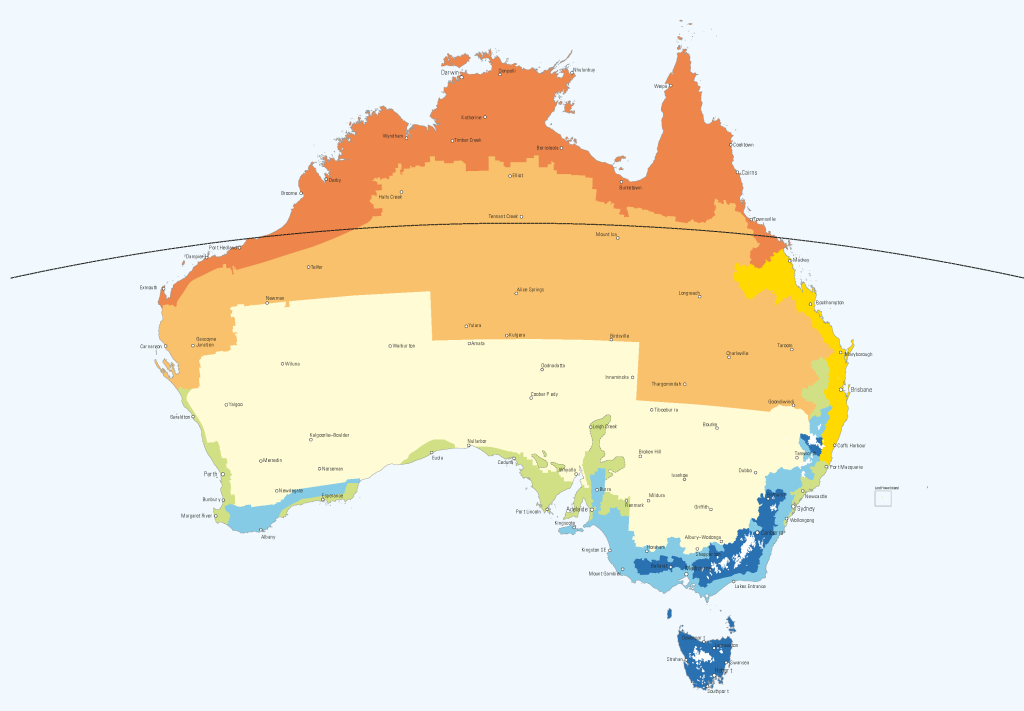
Image: Australian climate zones, National Construction Code Source: Australian Building Codes Board
Evaporative Cooling and Indoor Air Quality
Evaporative coolers are an excellent way to properly ventilate your home and maintain indoor air quality. This is because evaporative coolers bring in 100% fresh, filtered, outside air into your home, with the warm air being expelled through open windows. For every litre of air delivered, a litre of inside air is displaced and sent outside. Seeley International evaporative coolers can replace the air in your whole home every 2 to 3 minutes4, flushing out indoor pollutants. Ventilation needs will also vary from home to home and throughout different times of year. This can be addressed by scaling the air change up or down accordingly, using the variable speed fan.
You can also run your evaporative cooler on dry or vent mode, which will circulate fresh, outdoor ambient air into your home. Having a ventilation strategy will keep your home air healthy.
Reverse Cycle Air Conditioning and Indoor Air Quality
Air conditioning systems that recirculate the air, such as reverse cycle systems, have minimal or no air changes through your home. Without fresh air exchanges, CO2 can build up. Dependent on their quality, some filters within reverse cycle systems can address particulate matter, but cannot filter CO2. It is therefore very important to consider a ventilation strategy alongside any air conditioning system that recycles the air. Regular maintenance and filter cleaning is also vital to ensure they continue performing at their best.
Other ways to take care of your indoor air
Here are some simple, inexpensive ways to look after the air in your home.
- Clean rugs, carpeting, and fabric furniture often
- Wash bedding in hot water once a week
- Bathe and brush pets often to remove dirt and loose fur
- Keep your home at optimal humidity between 40% to 60% to help prevent mould and dust mites
- Never smoke inside the house or car
- Switch to non-toxic cleaning products
- Clean or replace HVAC filters regularly
- Get some greenery! Indoor plants can promote natural oxygenation. NASA proved this in the 1980’s, after growing plants on space stations!5
- Consider CO2 monitors or smart home technology to track indoor air quality
- Ensure you are using the exhaust fans while cooking and showering
- Limit burning of candles and incense
- Thinking about a freshen up or renovation? Consider low VOC building materials and paints
To recap, maintaining good indoor air quality is essential for a healthy and comfortable living environment! We hope these tips help you to achieve a cleaner and safer home atmosphere and breathe easier.
References
1. Lung Facts, anatomy, and overview in pictures
2. Australian Government – Indoor Air.
3. Scoping Study of Condensation in Residential Buildings: Final Report
4. Based on airflow data (litres/sec) from Braemar LCQI and Breezair XTR coolers in an average house with 2.4m ceilings and floor area of 150m2.
5. A study of interior landscape plants for indoor air pollution abatement


